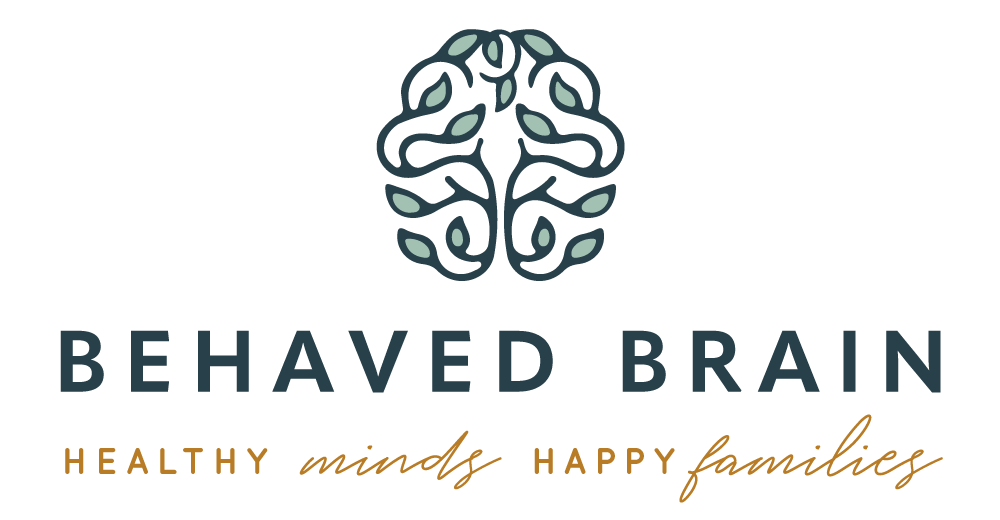ADHD (Attention-Deficit Hyperactivity Disorder) has been a commonly used term to describe children and adults who exhibit a myriad of erratic behaviors, most notably a lack of attention, inability to concentrate, and above-average energy, to name a few. And while many use this term in jest, or presume it in themselves or others, ADHD is a real, diagnosable and sometimes debilitating disorder. But what does it really mean and how does it affect the individual? Do you know how to tell the difference between a child who has ADHD versus a child who is simply full of energy?
For each individual, ADHD can present itself differently. Other signs that we might see in those with ADHD include difficulty with mood regulation and a lack of organizational skills. Here are some examples of behavior that may be a sign of a child suffering with ADHD:
- You ask your child to complete several chores, and they only complete one. When you ask him about the other two chores, he looks at you like he has no clue what you’re talking about.
- The student in your child’s class who is unable to sit still, is tapping their pencil and feet, and then calls out an answer, unable to wait to be called on.
- Your daughter continues to forget to bring her homework home and forgets her phone in school.
Of course, these are isolated examples. In fact, ADHD can present itself in a variety of ways, as there are multiple types of ADHD. The three types of ADHD include:
Combined Presentation: if enough symptoms of both the inattention and hyperactivity-impulsivity criteria were present for the past 6 months.
Predominantly Inattentive Presentation: if enough symptoms of inattention, but not hyperactivity-impulsivity, were present for the past six months.
Predominantly Hyperactive-Impulsive Presentation:if enough symptoms of hyperactivity-impulsivity, but not inattention, were present for the past six months.
If you’re concerned that your child suffers from ADHD, there are steps to take in order to help them get the therapy they need. For a true diagnosis of ADHD, a child (or an adult) must be seen by a healthcare professional. To obtain a diagnosis of ADHD, a specific set of criteria of symptoms must be met that follow the guidelines provided by the DSM-V. For a full list of the diagnostic criteria, refer to this link from the ADHD Institute. This diagnostic standard helps to appropriately diagnosis and treat ADHD symptoms.
To help treat your child, it is important to understand howADHD affects the brain and whatyou can do every day to help alleviate the symptoms. The frontal lobe, located right behind your forehead, is affected in those with ADHD. This part of the brain is involved with planning and organization, it helps us to pay attention, to make good choices, to control our impulses, and even helps us to problem solve. These skills are often referred to as Executive Functioning Skills.
Simple things such as diet and exercise can help to reduce ADHD symptoms. Food items that should be reduced include those that have excess sugar, artificial coloring, high fructose corn syrup, soda, fruit juices, and candy. We talk about some of those factors in our article, “The Truth About Fats” and “Why Nutrition Is So Important”.
As a rule of thumb, it’s important to eat high quality foods, such as lean protein from meats or fish, fruits and vegetables (organic when possible), whole grains, and to drink water. Use our Behaved Brain Food Tracker to monitor your child’s food intake. While doing so, also track your child’s behavior to determine if certain foods are related to noticeable ADHD symptoms.
Monitoring your child’s environment and stimulation is also important in reducing ADHD symptoms. Reducing electronics to a limited amount of time each day, and removing devices at least two hours before bed, have shown to have positive effects on behaviors. You can learn more about that here.
Additional strategies to help your child manage their ADHD symptoms include maintaining a structured home environment, focusing on positives by using positive reinforcement, and reminding your child of his strengths. When you find techniques that work for you child at home, share them with his school so that they are addressing behaviors in a consistent manner.
For more helpful resources, please follow these links:
How does ADHD affect the brain?
Learn about Executive Function and Self-Regulation
If you’d like to discuss therapeutic options for your child or loved one who is suffering from ADHD, please call us at 201-857-5380 or send us a note at Wellness@behavedbrain.com.







